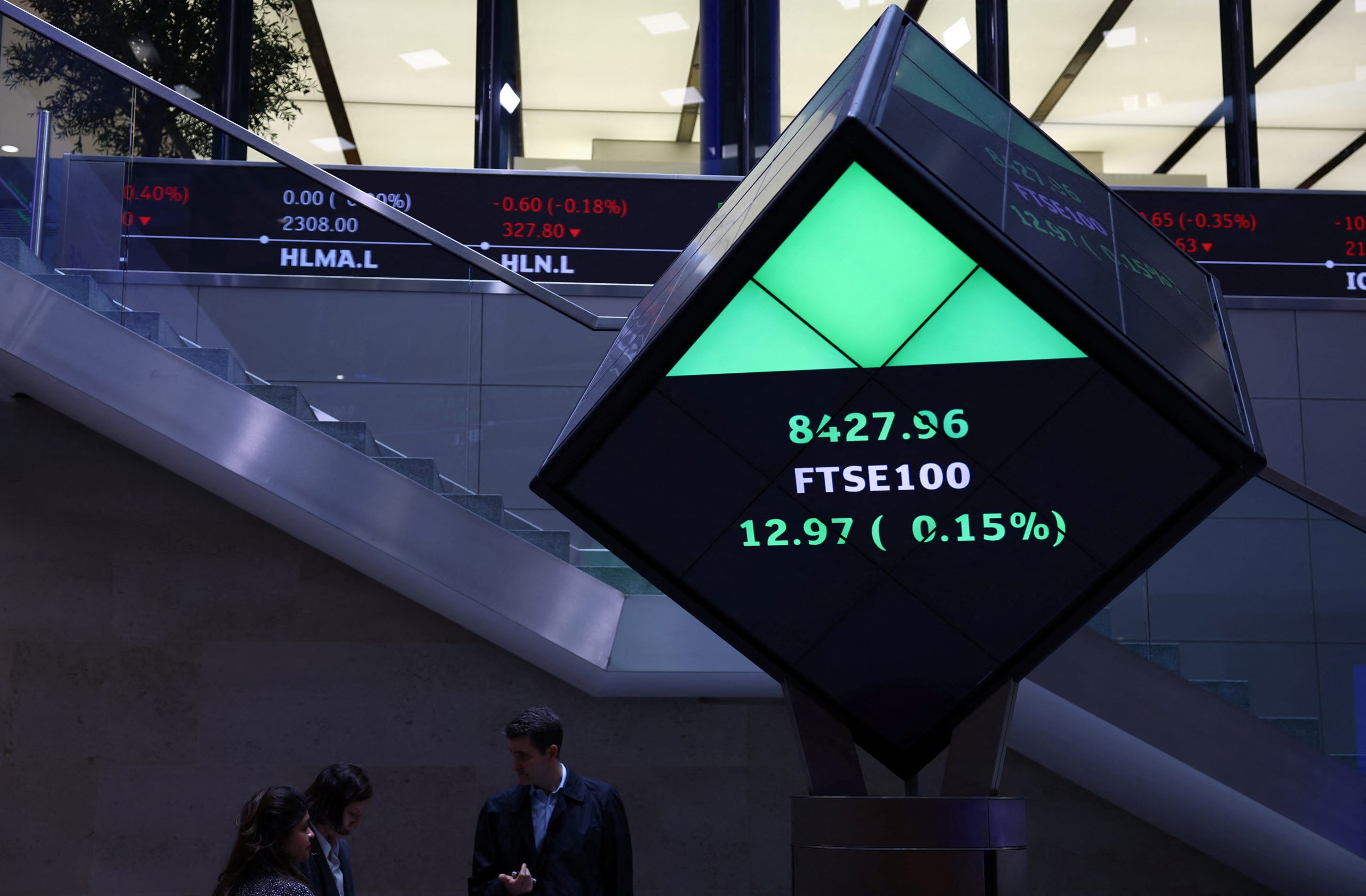Overview
The FTSE 100 jumped 1.4% on May 8, 2025, immediately after the U.S.–U.K. trade pact was announced, as investors cheered the removal of tariffs on key British exports. This article explains the drivers behind the rally—from automotive and aerospace stocks benefiting from lower duties to renewed corporate investment confidence—and outlines what market participants should watch next.
1. Key Provisions of the Trade Pact
The agreement eliminated 10% tariffs on British car exports and reduced duties on aerospace components by 5%. These sectors together represent over 12% of FTSE 100 index weight, giving a clear catalyst for the broad-based rally. Investors also noted that financial services firms, which had limited coverage in prior deals, saw improved market access, boosting stocks like HSBC and Barclays.
2. Sector Winners and Index Impact
- Automotive: Luxury carmakers such as Jaguar Land Rover and Aston Martin surged 3–5% as duty-free access to U.S. showrooms improved profit outlooks.
- Aerospace & Defense: BAE Systems and Rolls-Royce climbed over 2% on expectations of cost savings and expanded U.S. contracts.
- Banks & Financials: HSBC rose 1.8%, reflecting smoother cross-border operations, while Barclays added 1.5%.
The combined weight of these sectors accounted for roughly 0.7 percentage points of the FTSE 100’s total gain, underlining how trade terms can move the broader index.
3. Investor Sentiment and Volume
Trading volume on the London Stock Exchange jumped 20% above the daily average, with buy orders outpacing sell orders by a 3:1 ratio. Retail and institutional investors alike cited clearer growth prospects and reduced geopolitical risk as reasons to increase equity exposure. Market depth improved, indicating broad participation rather than a narrow, headline-driven spike.
4. What to Watch Next
- Earnings Guidance: Companies will update earnings forecasts to reflect tariff savings—key bellwethers include JLR and BAE’s Q2 reports.
- Implementation Timeline: Watch for U.S. Congressional approval and potential delays, which could introduce short-term volatility.
- Currency Flows: The pound strengthened 0.8% against the dollar on the news; sustained currency moves may influence export competitiveness.


